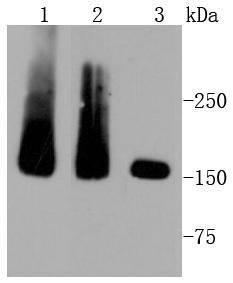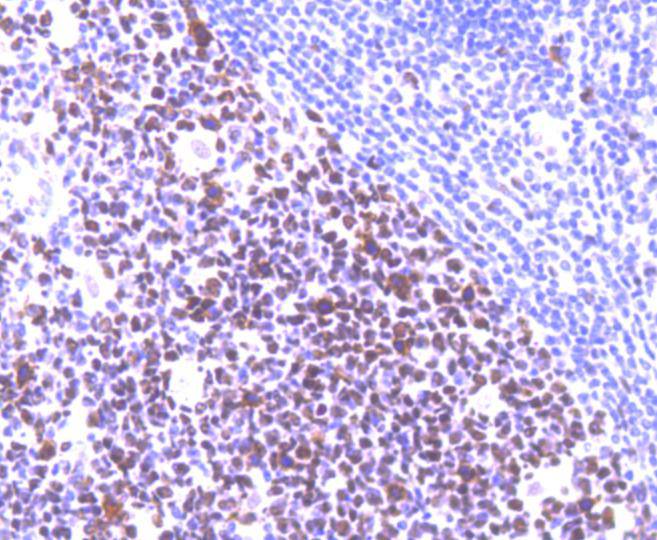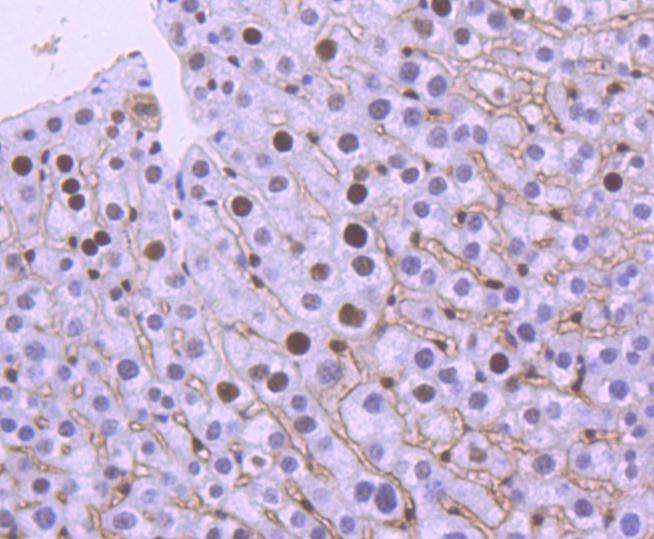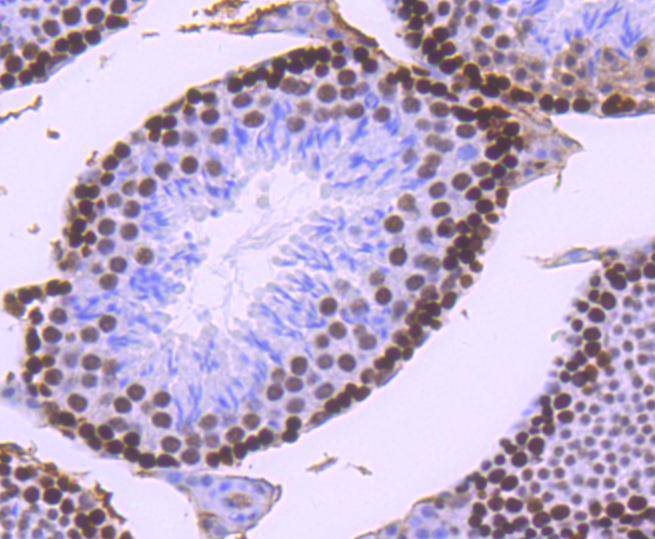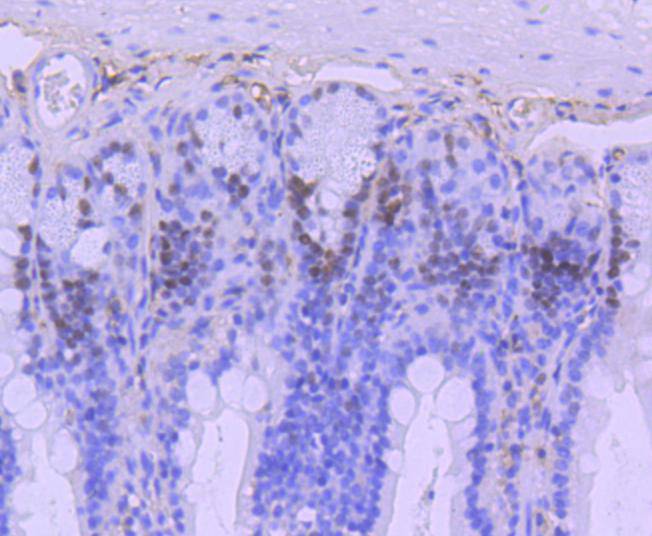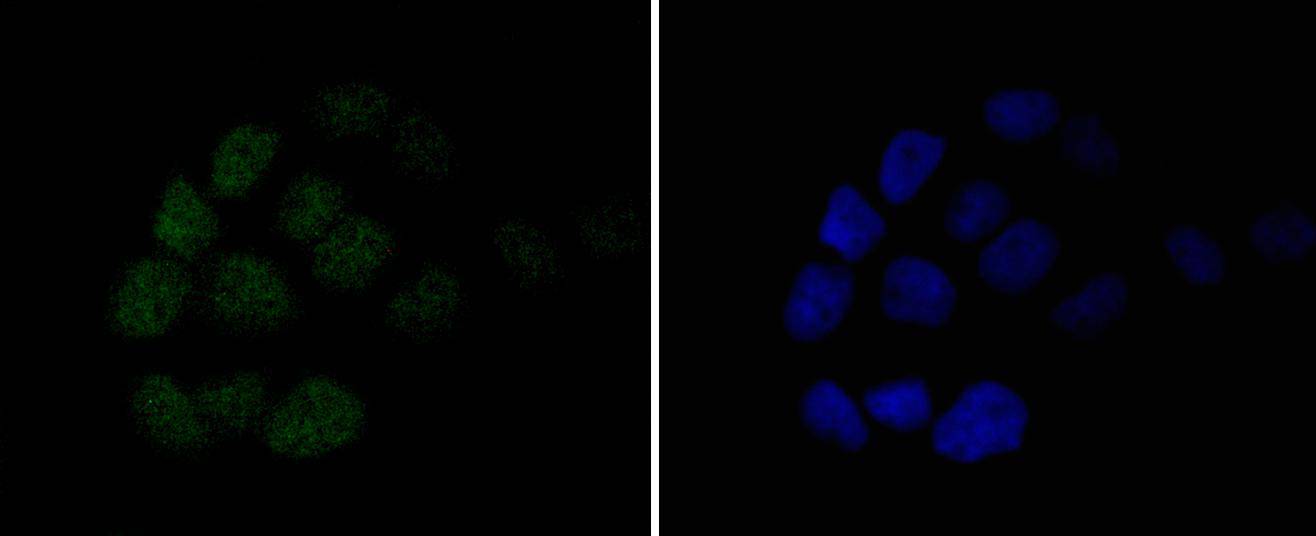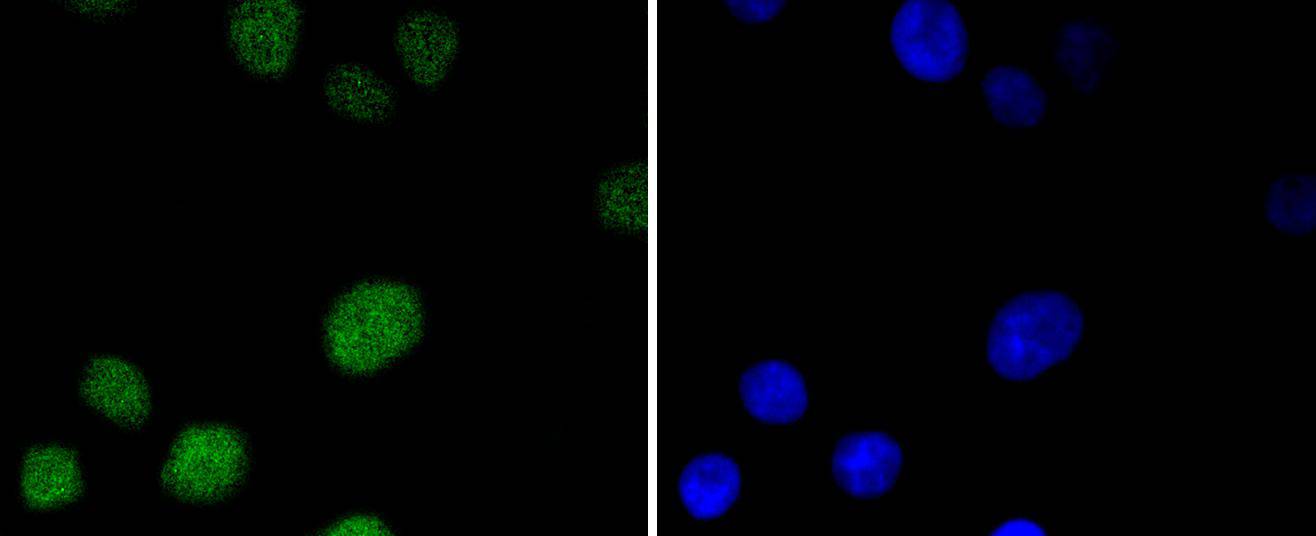Multiple pathways promote short-sequence recombination (SSR) in Saccharomyces cerevisiae. When gene conversion is initiated by a double-strand break (DSB), any nonhomologous DNA that may be present at the ends must be removed before new DNA synthesis can be initiated. Removal of a 3' nonhomologous tail in S. cerevisiae depends on the nucleotide excision repair endonuclease Rad1/Rad10 and also on the mismatch repair proteins Msh2 and Msh3. Msh2 and Msh3, which function in mitotic recombination, recognize not only heteroduplex loops and mismatched basepairs, but also branched DNA structures with a free 3' tail. Msh2 and Msh6 form a protein complex required to repair mismatches generated during DNA replication. Yeast Msh2-Msh6 interact asymmetrically with the DNA through base-specific stacking and hydrogen bonding interactions and backbone contacts. The importance of these contacts decreases with increasing distance from the mismatch, implying that interactions at or near the mismatch are important for binding in a kinked DNA conformation.

